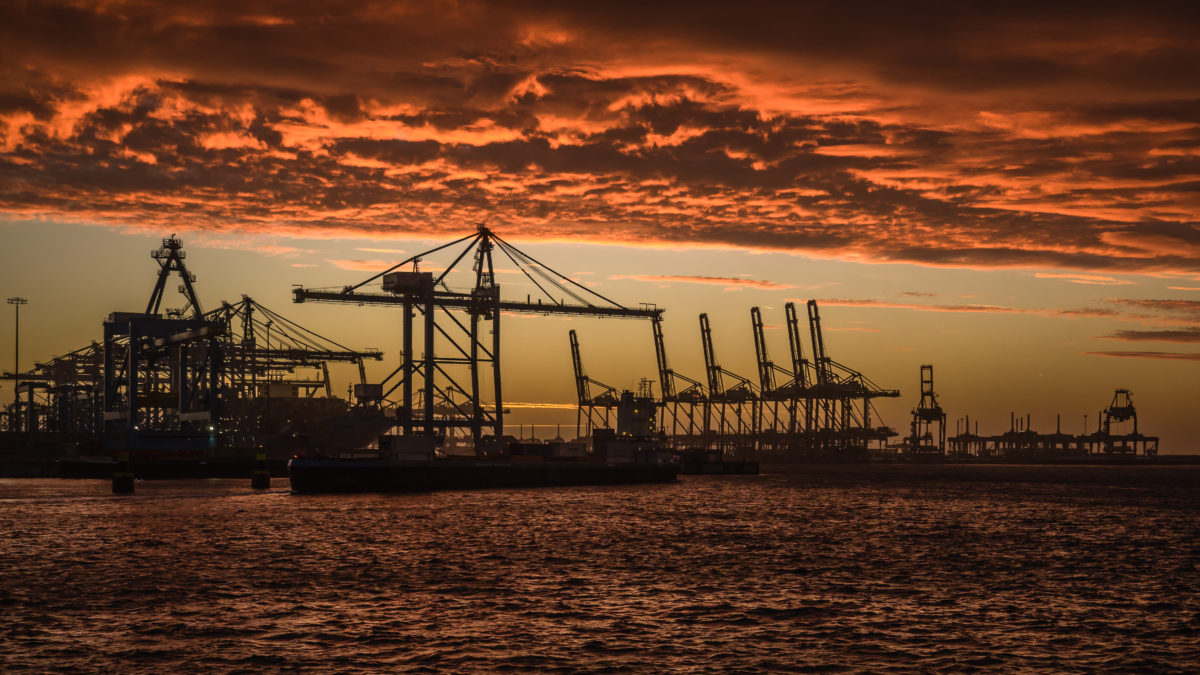The first in a planned series of green hydrogen policy briefings produced by the International Renewable Energy Agency (IRENA) has again raised the importance of the imposition of a true carbon price to reflect the cost of fossil-fuel-produced materials.
Green Hydrogen, a Guide to Policy Making makes a number of broad recommendations for the world's nations which have yet to finalize national hydrogen strategies.
The document reflects the varied nature of the global regimes IRENA is trying to influence through the use of sentiments such as “countries can skip the public-facing steps described here and issue a national hydrogen strategy while keeping the investigation activities confidential,” in a section devoted to drawing up national strategies.
Carbon borders
The publication appears to acknowledge the role carbon borders might play in addressing the issue of ‘carbon leakage', as would occur, for example, if some of the world's steel manufacturers switch to more costly, renewables-powered green hydrogen for their operations while competitors stick with fossil fuels to gain a market advantage. Remedies could “include cross-border adjustments or tax rebates to reduce or eliminate the competitive advantages of industrial facilities that have lower production costs and higher emissions than ‘greener' facilities,” states the report.
The IRENA report stresses the importance of steering hydrogen policy away from narrow fields such as personal transport to big-win areas such as hard-to-decarbonize industries. In that vein, it suggests a tightening up of targets imposed on industries such as steelmaking such that improving energy efficiency will not be enough to pass muster.
Green hydrogen production, with its huge appetite for clean energy, should be prevented from cannibalizing green electricity which can more usefully be deployed in areas such as energy and transport. IRENA gives the example of the 2,250 tons per day of green hydrogen required to heat a city of more than 1 million people. The same volume could power a green ammonia plant and would not require an extensive program to modify the houses of a million residents. Choose your battles, the organization appears to be advising governments.
The report acknowledges the importance of guarantee-of-origin labeling to distinguish green from other forms of hydrogen, especially as IRENA accepts blue hydrogen – powered by fossil fuel plants equipped with carbon capture and storage technology – appears necessary as a vital bridge technology during the transition of the global gas network to hydrogen. The report also adds a color to the hydrogen palette: turquoise hydrogen, obtained from methane by a pyrolitic process which preserves the carbon content of the methane into a solid black product.
Unrealistic
In addition to repeating the call for a true carbon price, the IRENA report also demands an end to fossil fuel subsidies and that is an indication of where the optimistic document may fall down. In among recommendations for realistic policy moves such as feed-in tariffs, tax incentives, harmonizing of international standards on matters such as the possible natural gas-green hydrogen blend in pipelines, and public procurement of ‘green' steel, the report also calls for aviation to be brought under international programs such as emissions trading schemes. That is a measure the global passenger-transport aviation industry has shown little interest in heeding to date.
On shipping, the picture is perhaps more hopeful, with IRENA pointing out 20% of vessels account for around 85% of the sector's greenhouse gas emissions. That ensures relatively minor adjustments could prove effective, such as the fact only a relatively small number of ports worldwide would have to be given access to green hydrogen, ammonia and methanol facilities to transform significant volumes of vessels to clean fuels. Installing hydrogen storage tanks on container vessels, however, reduces the volume of cargo they can transport, which brings us back to the vexing question of carbon leakage.
The bottom line appears to be the need for all of the world's major economies to get in step with the hydrogen economy.
This content is protected by copyright and may not be reused. If you want to cooperate with us and would like to reuse some of our content, please contact: editors@pv-magazine.com.




8 comments
By submitting this form you agree to pv magazine using your data for the purposes of publishing your comment.
Your personal data will only be disclosed or otherwise transmitted to third parties for the purposes of spam filtering or if this is necessary for technical maintenance of the website. Any other transfer to third parties will not take place unless this is justified on the basis of applicable data protection regulations or if pv magazine is legally obliged to do so.
You may revoke this consent at any time with effect for the future, in which case your personal data will be deleted immediately. Otherwise, your data will be deleted if pv magazine has processed your request or the purpose of data storage is fulfilled.
Further information on data privacy can be found in our Data Protection Policy.